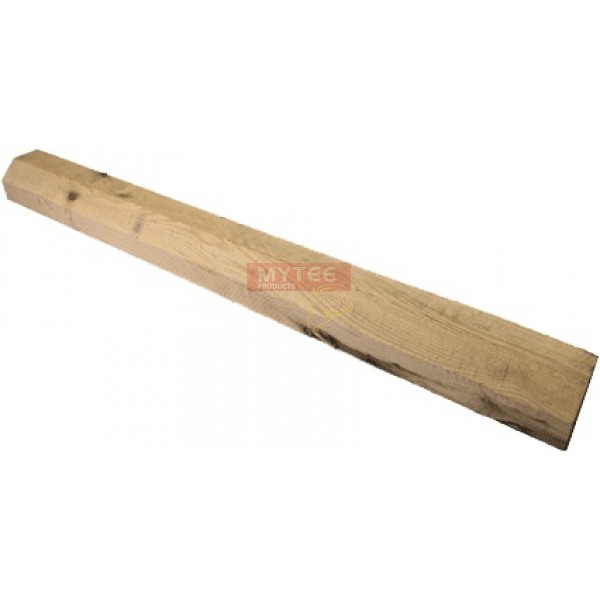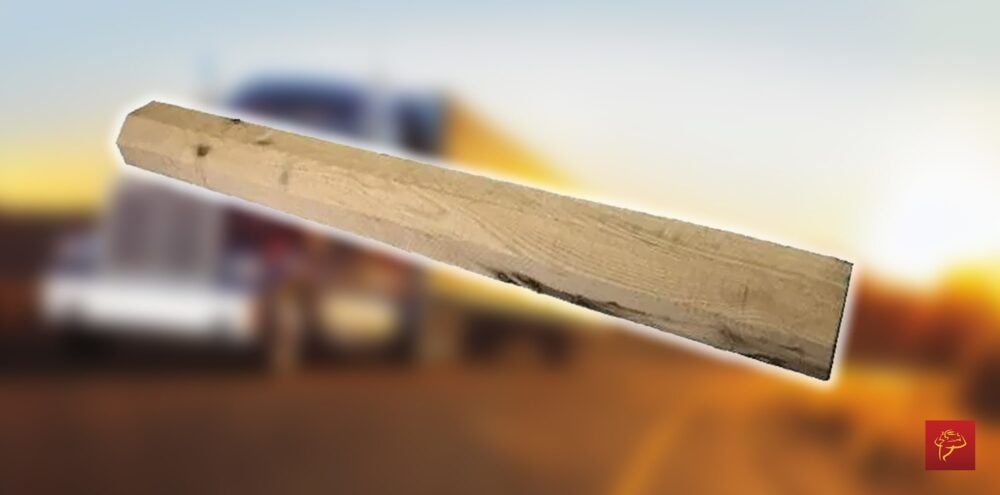Some of you might not consider it a worthwhile decision to purchase beveled lumber to secure your coil and pipe loads. We understand that however, at the same time, we know that beveled lumber is one of those things you do not realize the importance of, until, a piece of scrap woods fails at its job and the entire cargo is lost. High-quality beveled lumber made of hardwood is a lot like the wheel chock most car mechanics might use. It is seemingly insignificant, until it saves your life and your cargo.
Mytee recommends you purchase genuine beveled lumber rather than using scrap. To help explain why, we have put together a brief outline of the physics involved in blocking coil and pipe loads. We believe that once you know the physics, you will better understand the advantage of using hardwood beveled lumber over scrap.

It All Starts with Gravity
The need for some kind of block to hold piping or coil in place begins with the fundamental physical principle of gravity. Gravity is that which keeps a load firmly situated on the bed of your trailer. Where your load and the trailer meet, there is friction. The greater the friction, the more firmly the load will stay in place.
We run into problems with pipe and coil loads because of their circular shape. A circle making contact with a trailer bed creates less friction than a flat load. Why? Because there is less surface area in contact with the trailer. Less surface area means less friction; less friction means less grip. The friction between circular loads and flatbed trailers is so low that something else is needed to be placed to prevent the cargo from moving.
Creating an Opposite Force
Now that we understand how friction and gravity work together to keep a load in place, the second principle is that law of physics that says that for every existing force there is an equal and opposite force. This law is the whole reason behind using beveled lumber to block coil or pipe.
Picture a large piece of sewer pipe rolling across your trailer. Regardless of its direction from left to right, the rolling force of the pipe is always moving down. Therefore, stopping the pipe requires an equal or greater force moving upward. This is exactly what beveled lumber does. It provides an equal upward force to counteract the natural downward force gravity is applying to the pipe.
So why is beveled lumber better than scrap? It’s all in the bevel. Lumber with the beveled edge provides a larger surface area to make contact with the pipe above. Scrap lumber almost always has a square edge that provides less surface area for contact and friction. The less surface area, the less upward force the lumber applies.
Wood Quality Is Important
The last physics principle we need to understand is that of the distribution of force through the piece of lumber bearing the load. Too much force can cause lumber to crack or, in some cases, even shatter into small pieces. The beveled lumber you purchase from us is hardwood lumber; it is more than capable of handling all the force of a typical flatbed load. The same cannot be said for scrap lumber. There is a reason scrap lumber is scrap. Do you really want to trust it to hold up under the force of tons of pipe or coil?
Simple physics explains why beveled lumber is a better choice for blocking coil and pipe loads. And being that it is so inexpensive, we hope you will make a wiser choice. It’s obviously better to use hardwood beveled lumber made specifically for the purpose of cargo control.










